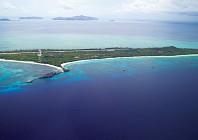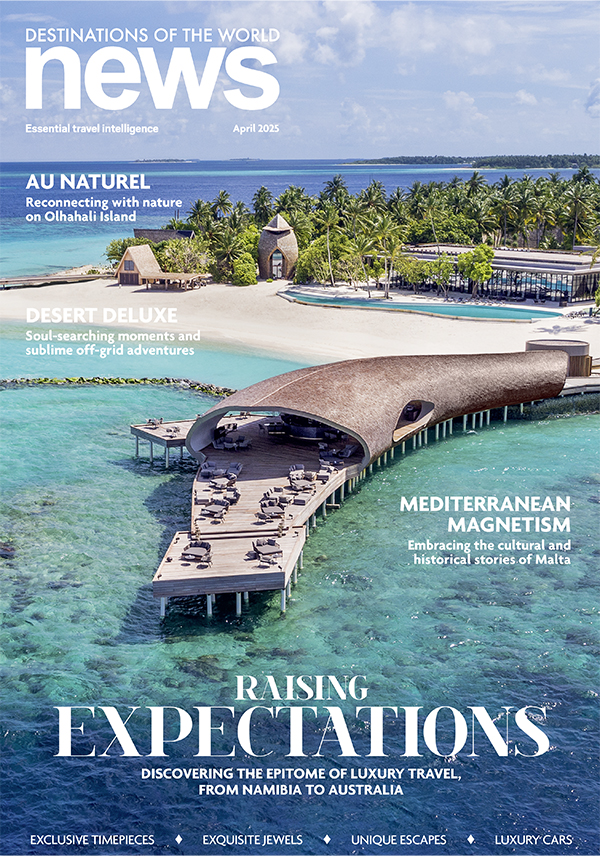The fantasy of finding untouched Southeast Asian islands has fascinated travellers long before Leonardo DiCaprio donned his swim shorts for iconic noughties movie, The Beach. So when a friend suggested that I join her on a trip to Camiguin in the Philippines, a tiny island that even most Filipinos have barely heard of, I jumped at the chance. Free from rampant tourism and development, and home to sparkling white sandbars, incredible snorkelling and lush forests, it sounded like the Southeast Asian adventure of my dreams. I knew I had to get there, no matter what. As it turned out, this was a good thing, as the route to this elusive island isn’t exactly quick and easy.
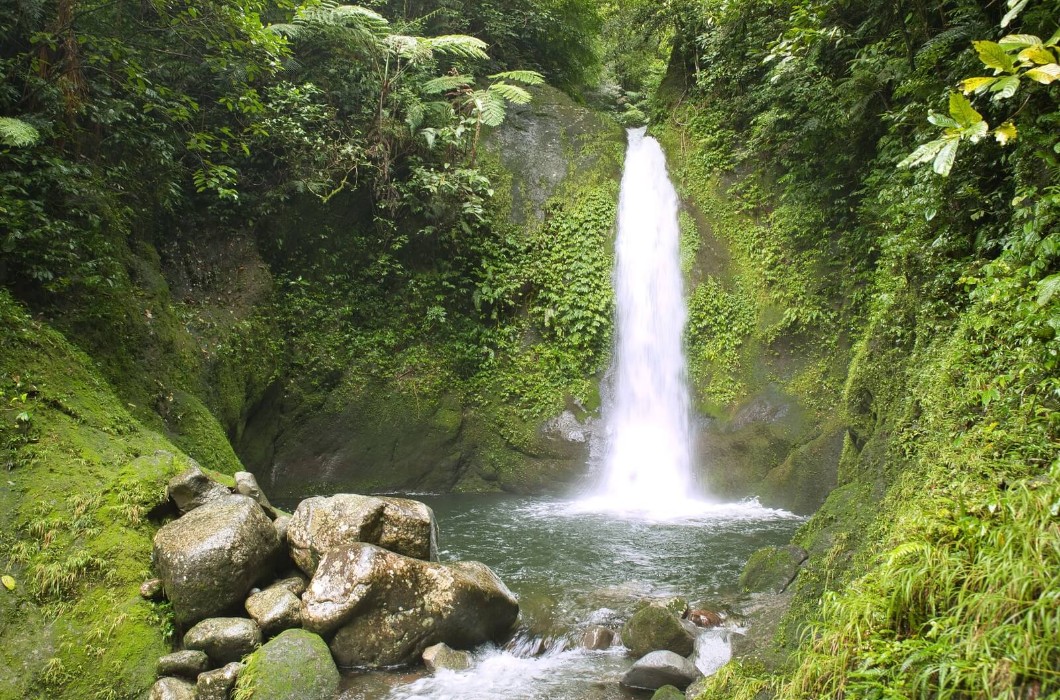
Found down in the south of the country in the Bohol Sea, volcanic Camiguin measures just 23 kilometres from top to toe. It’s the second-smallest province out of the country’s 7,000 plus islands, and its mountainous centre reaches 1,500 metres. Remote and peaceful, zero flights go there from Manila. In fact, only two commercial planes land at Camiguin’s miniscule, one-room airport per day, and that’s from the city of Cebu – 800 kilometres and many, many islands away from the Filipino capital. After much research, I discovered that the quickest and most comfortable way to get there is to charter a private plane, straight from Manila. Alternatively, you can catch one of the regular daily flights to Cebu and then change to a small propeller plane to Camiguin, or fly to Cagayan de Oro city, get a two-hour bus or taxi to the port, and then a one-hour ferry.
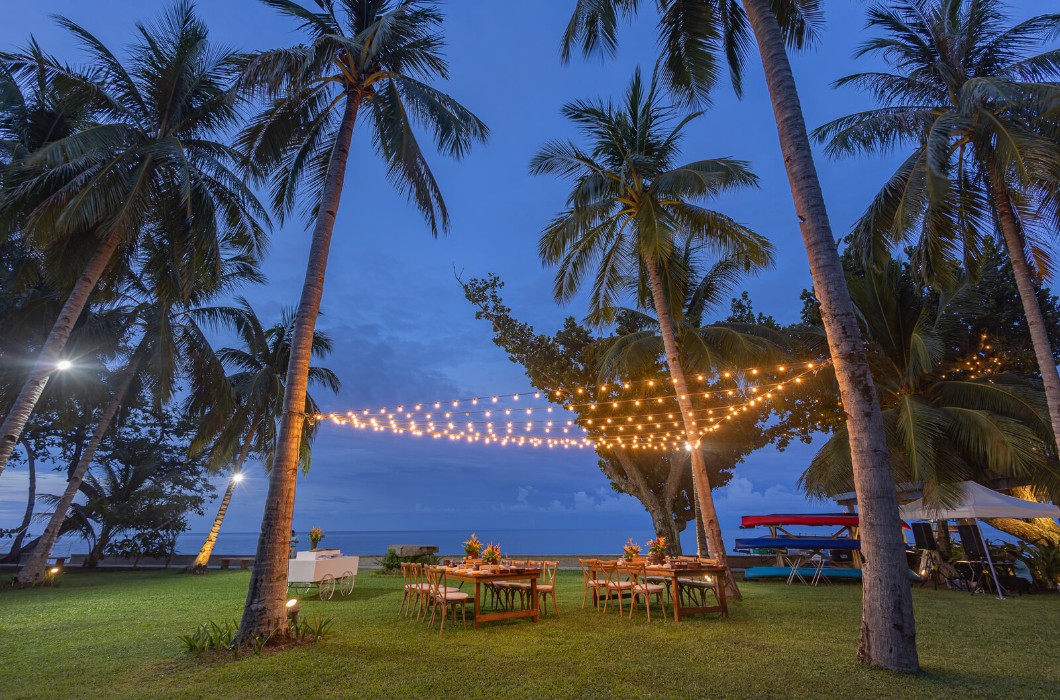
We opted for the latter option, which was certainly the most drawn-out and scenic. We split the journey up with a night in Cagayan de Oro (or CDO, as it is more commonly known), and the whole trip took about two days. As far from touristy Philippines as it is possible to be, the singer in the bar we went to was so surprised to see us, that she greeted us with a friendly welcome over the speaker as we walked in. This further confirmed that we really were well and truly ‘off the beaten track’.
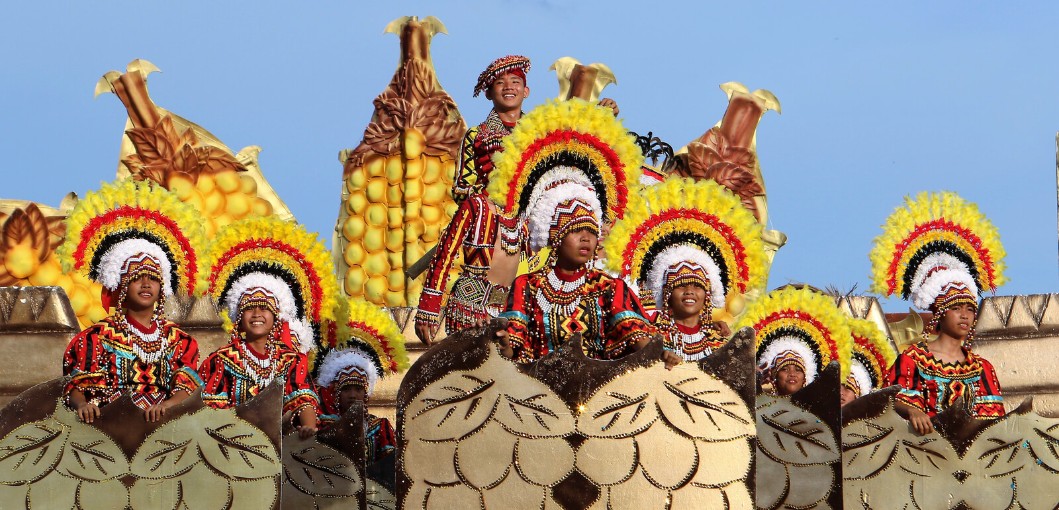
NATURAL PARADISE
The next morning, the towering green mountains of Camiguin looked almost close enough to touch as we slowly chugged over the clear waters by ferry. Reminiscent of the island from Jurassic Park, we really felt like explorers going where few people had been before. On arrival, we jumped straight into the back of a colourful multicab (similar to
a tuk tuk, but bigger), and we were off meandering along the coastal roads.
The archetypal Southeast Asian island scene, we passed lush forests of palms and banana trees, charming multi-coloured tin-roof houses, and steep cliffs plummeting down to the azure ocean. It immediately felt so refreshingly pure and natural.
Much like the UAE, Camiguin is remarkably clean. Perhaps learning from the mistakes of other developed islands, recycling bins are everywhere, while smoking is banned in all public areas, including on the streets. We saw no litter, and free, unbottled filtered water was available in every restaurant. It was immediately apparent that the local government was going to great lengths to protect its natural environment.
Perhaps it was partly the joy of finally arriving after two days of travelling (three if you include the eight-hour flight I took from Abu Dhabi), but it really did feel like landing in paradise. Poking our heads out of the open windows, so many people waved at us as we passed. Similar to CDO, we saw only a handful of other overseas visitors during our entire five days on the island, and we were often aware (although not uncomfortably so) that we must have made an unusual sight. Home to only a scattering of bars and restaurants, Camiguin is certainly not a place for a lavish honeymoon-style holiday, or wild backpacker-friendly partying. Instead, you’re encouraged to embrace a slow pace of life, and fully immerse yourself in the island’s beautifully unhurried, simple, and wholesome vibe.
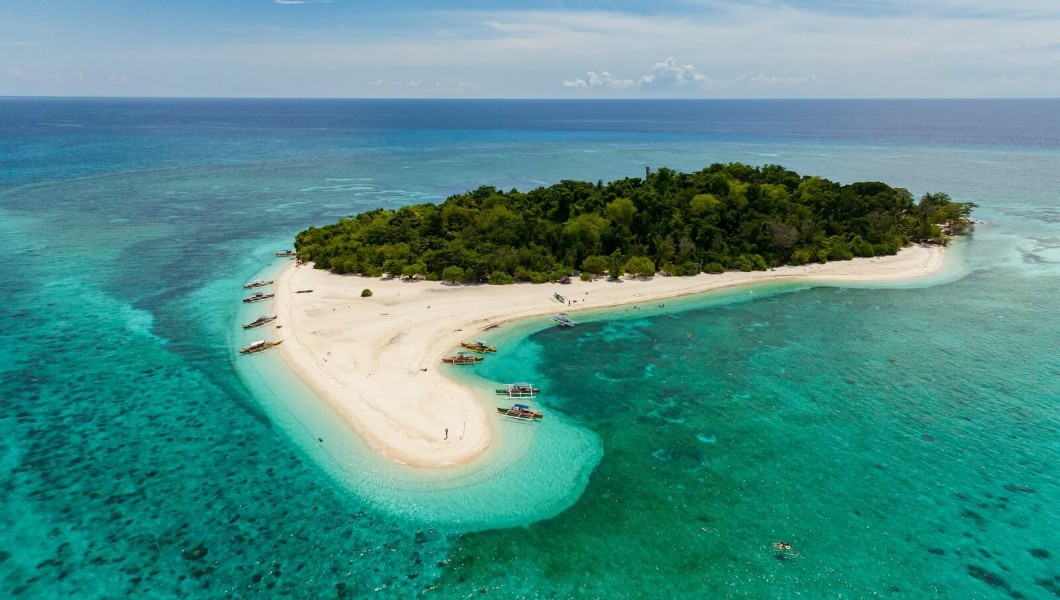
UNDERSTATED LUXURY
Our base was the beachfront Nouveau Resort, Camiguin, the first and only luxury hotel on the island. Striking the right balance between plush and homely, it hugs a full 400 metres of immaculate coastline, while thick forest surrounds it on all sides. Completed with a long lap pool, chic rooms, an ocean-side yoga platform, and amazing restaurants, it provided a welcome dose of the
high life in and amongst Camiguin’s wild and untamed landscape.
The hotel also positioned us right next to the crossing to Mantigue Island, one of the most surreally beautiful islands in existence. Rimmed
by powder-soft white sand and spanning just
four hectares, it’s a true Robinson Crusoe-style hideaway, and for me it was the most unmissable thing to see and do in Camiguin.
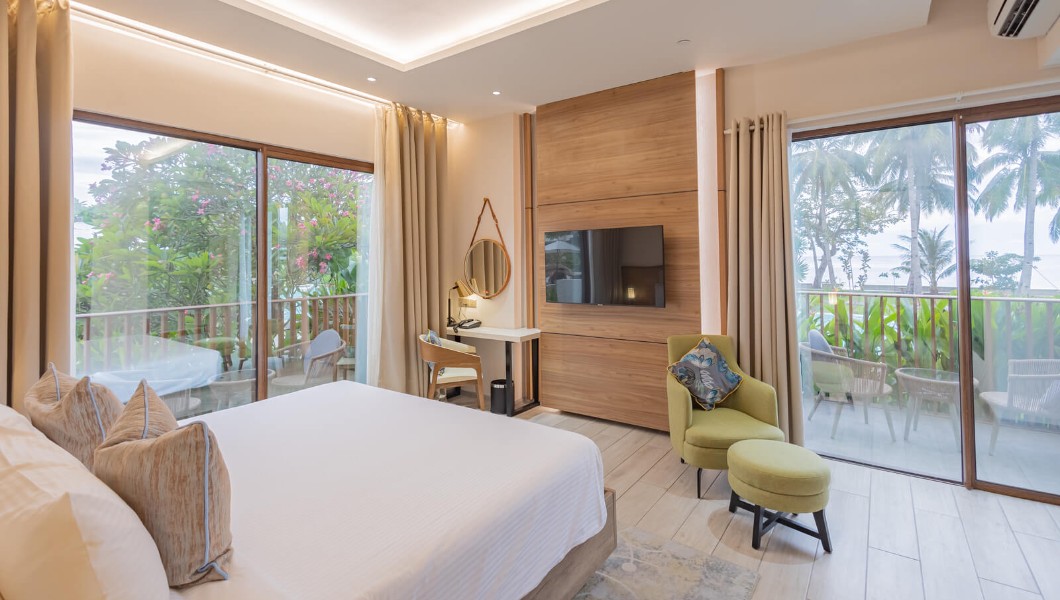
Completely uninhabited and undeveloped (aside from one small shack selling simple snacks and water), you get there by transfer from the hotel, or by jumping on a local banca (a traditional wooden fishing boat). Costing just a few dirhams, I highly recommend going for the banca option. Along with offering so many brilliant photo ops, the ten-minute, three-kilometre ride to the island was so much fun. A protected marine sanctuary surrounded by vibrant colourful coral that’s sensational for snorkelling, can be enjoyed right off the shore of Mantigue, while the trees in the centre provide welcome shade. Tables and chairs are available for rent, and sun seekers can easily spend two or more days here just relaxing and soaking it all in.
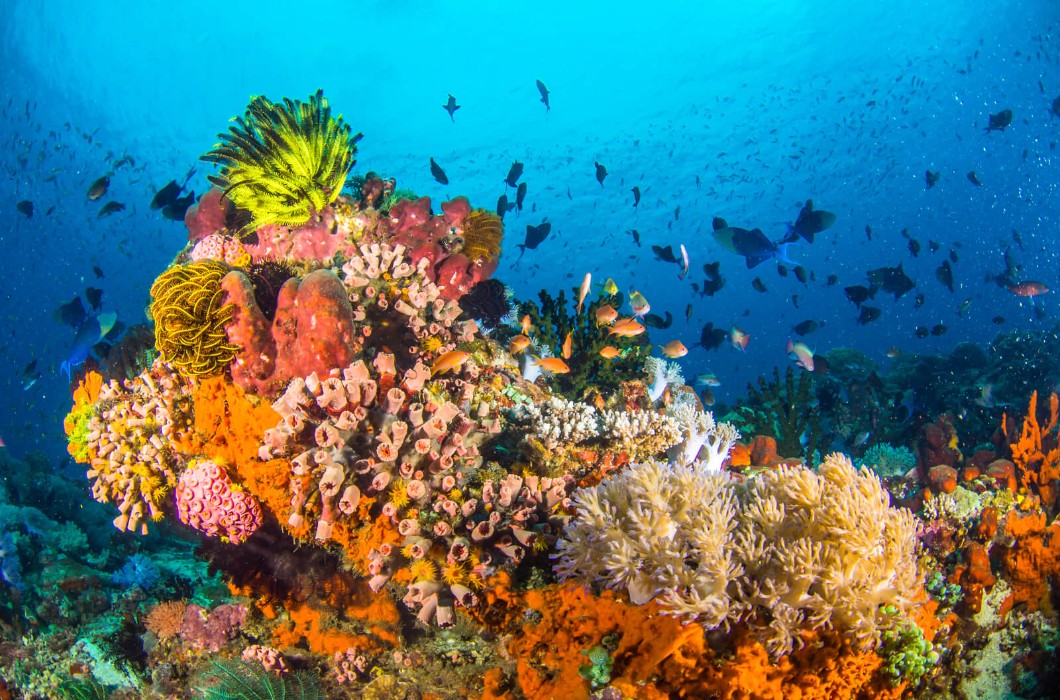
However, Camiguin’s most famous feature is unarguably its ethereal curved sandbar – appropriately known as simply, White Island. Making Mantigue look practically developed in comparison, it has no permanent structures of any kind. An isolated strip of glowing sand in the middle of the azure blue, it changes shape according to the tide, and it’s so close to Camiguin that it can clearly be seen from the shore. While it’s ideal for sunbathing and swimming, its lack of shade and facilities means that the best (and most popular) time to visit is just after sunrise, when the sun is yet to reach its peak. However, one day I stayed as late as eight o’clock, and I had the place almost entirely to myself. Similar to Mantigue, the snorkelling from White Island is simply out of this world. Prepare to see bright blue starfish bigger than your head, clownfish, parrotfish, and a staggering array of undisturbed marine life.

Even if you’ve been to the Maldives, the Seychelles, Fiji, or Mauritius, believe me when I say that the islands surrounding Camiguin were on a whole different level of breathtaking. Camiguin’s Giant Clam Sanctuary is said to be fantastic as well. However, it was sadly closed when we visited in May, but it should be reopening very soon.
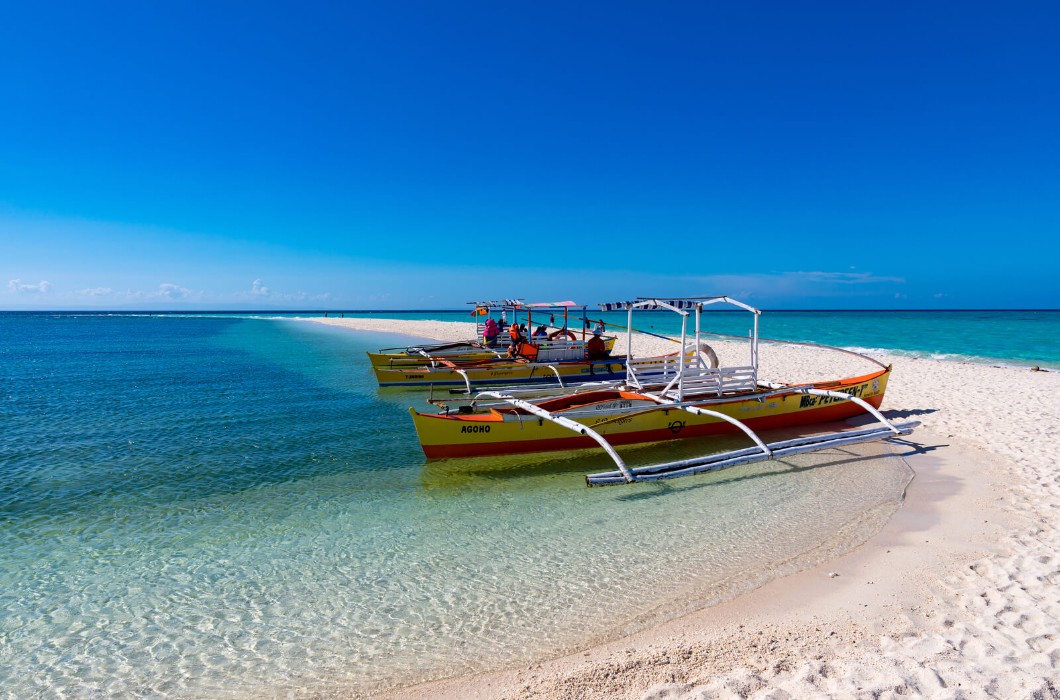
RUGGED MOUNTAINS
Many more natural wonders can be found on dry land. Living up to its nickname as the island ‘born of fire’, Camiguin is home to more volcanoes (seven) than towns (five). Its mountainous landscape contains multiple hidden waterfalls, hot and cold springs, and energetic hikes that reward with jaw-dropping views.
Tumbling from 70-metres high, Katibawasan Falls is particularly worth a stop. Surrounded by trailing vines and jungle, there’s a swimming pool by its base and various places to pause and admire the view.
Another highlight of the mountainous side to Camiguin was what our multicab driver described as an “Instagrammable café”. Far more impressive than any of the UAE’s elaborate coffee shops, Café Utopia’s outstanding, 360-degree terrace views over the island from the mountainside left us speechless, and we spent a happy evening watching the
sunset here.
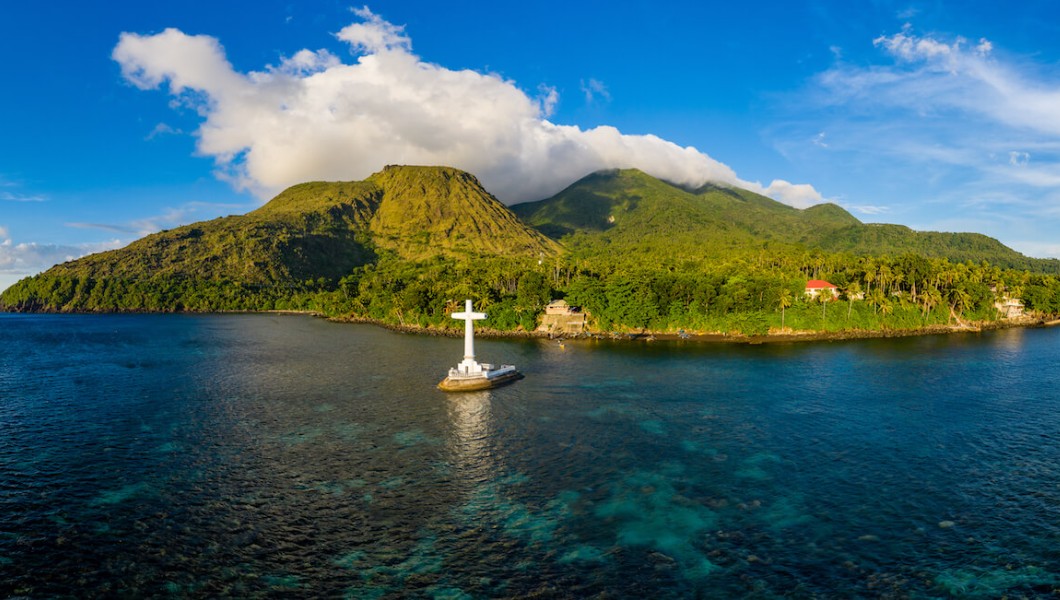
Gloriously orange, the sunsets of Camiguin are an event in themselves. Like many of the locals, we made sure to stop and watch it daily, and it was a refreshing reminder that hurrying too fast can cause you to miss the most special things in life.
THE TRUE MEANING OF COMMUNITY
We soon realised that Camiguin is an exceptionally safe and small community where everyone seems to know everyone. We spoke to local girls who thought nothing of walking home alone late at night, and we had made so many friends by the time we came to leave.
But of course, living on such a volcanic island comes with its own set of dangers. Mt. Hibok-Hibok, Camiguin’s only active volcano, killed thousands of people when it last erupted in the 1950s, while its earlier explosion in 1871 caused part of a town to fall into the sea. To this day,
the graves from the town’s cemetery remain underwater, and a large cross has been erected above them to mark the spot.
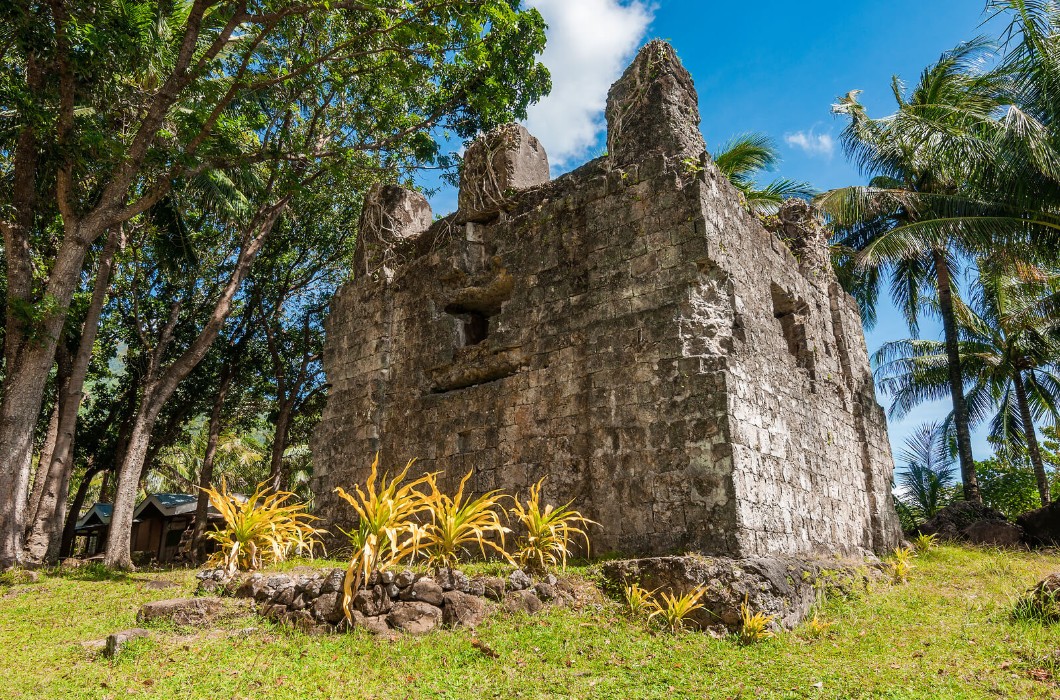
Known as Camiguin’s ‘floating cemetery’, you can take a boat over to the majestic cross or admire it from the cliffside viewing platform. A pretty spot for some quiet reflection, locals also believe that the cliffs around the cemetery are haunted by the souls of their ancestors. Finally, you can’t properly experience Camiguin without riding a habal-habal, or a motorcycle taxi. Our hotel recommended two safe and extremely friendly habal-habal drivers, and zooming around the island’s winding clifftop roads with them is one of my fondest travel memories. Treating visitors to unobstructed views and the joy of feeling the wind in your hair, every ride was utterly exhilarating. No matter how high your travel budget is, you must give it a try. Meanwhile, if you fancy a dose of more typical luxury before heading home, the plush Shangri-La Mactan Cebu is just a 50-minute flight and 20-minute drive from Camiguin. A true masterclass in beach-side luxe that comes complete with a 350 metre private beach and a private helipad, it’s the perfect end to any soul-searching island adventure.
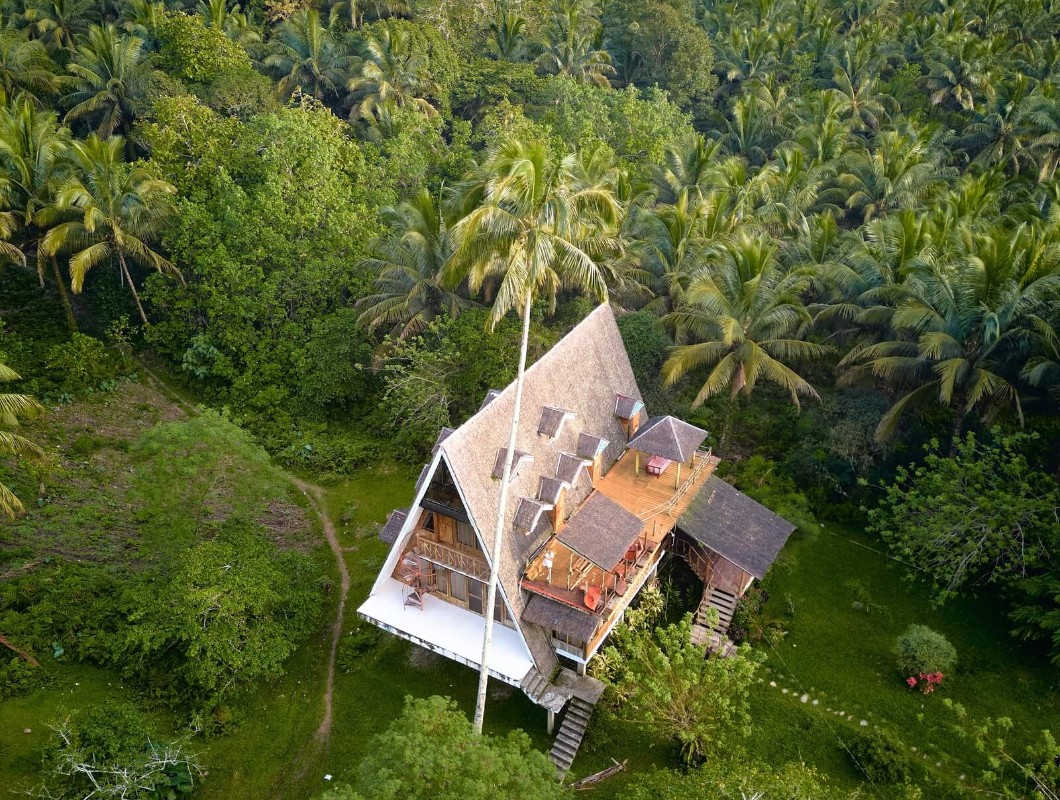
LIFE-LONG MEMORIES
Rustic, adventurous, and authentically Filipino, Camiguin was everything I hoped for and more. We were treated with nothing but warmth and kindness throughout our trip, and the Philippines truly lived up to its reputation as being one of the friendliest nations on earth.
Few places have had such an impact on me. Peaceful, quiet, and untouched, Camiguin is
a magical place, and I hope it remains the best kept secret in the Philippines for many years
to come.








